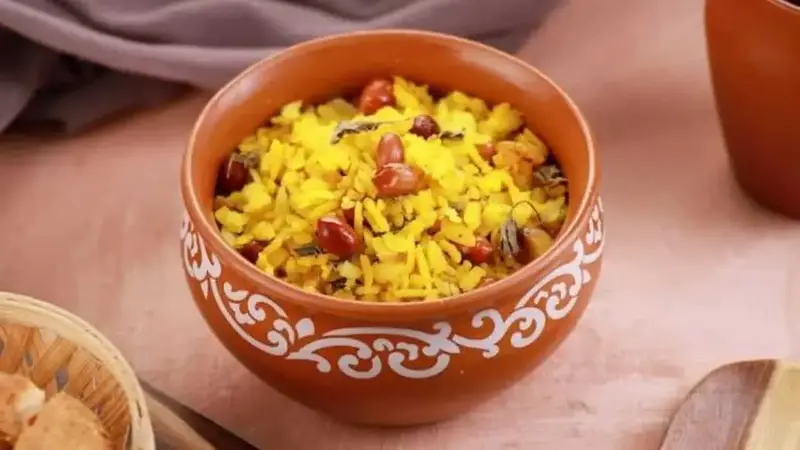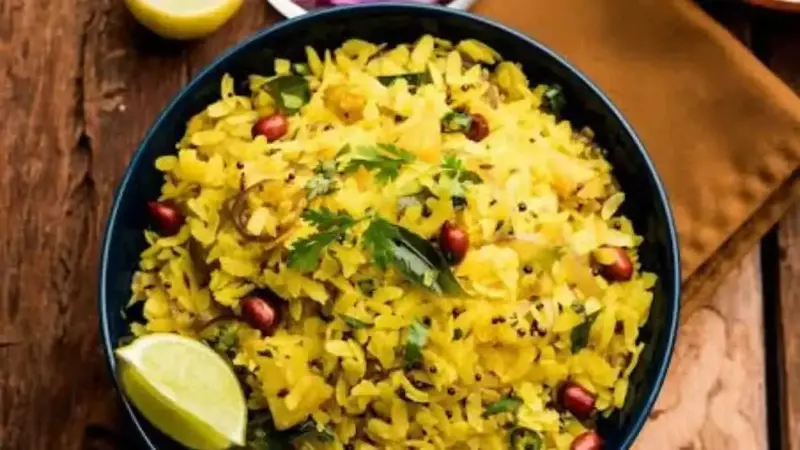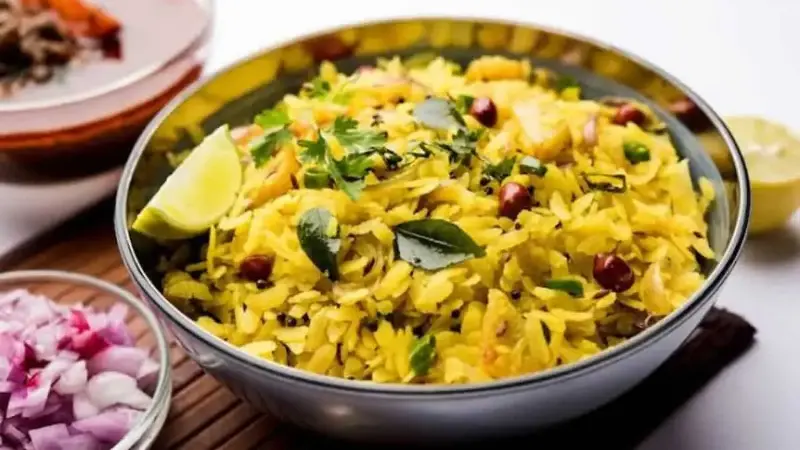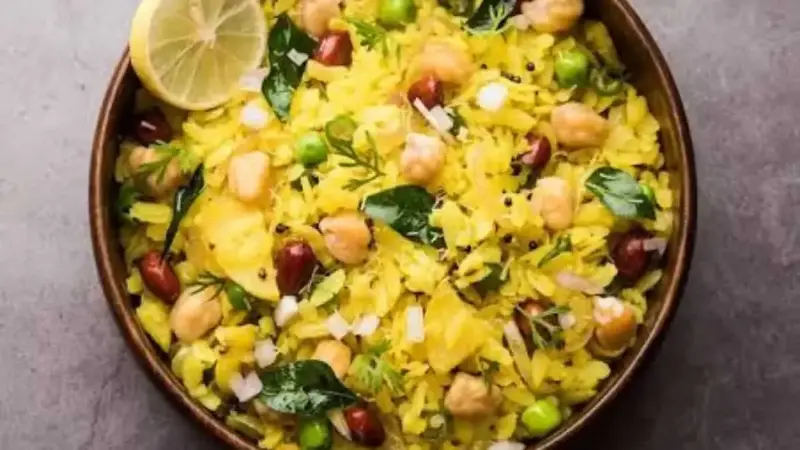
Introduction
In Madhya Pradesh, especially in and around Indore, the early hours of the day are marked by the familiar sound of chai boiling and Indori poha being ladled onto plates. It’s not the kind of breakfast that needs fanfare. It just shows up, dependable, every single morning. Indori Poha doesn’t lean on oil or heavy masalas. The flavour isn’t bold in the way some other dishes are, but it holds its own through texture and gentle seasoning. Many people who try to make it at home end up with something too dry or too clumped. Here's how to get the recipe right and make authentic Indori poha at home.

Ingredients You’ll Need
To make Indori Poha at home, you don’t need anything exotic. But each thing should be treated properly. Here’s what to prepare before you begin:
- Two cups of medium-thick poha (flattened rice)
- One medium onion, chopped fine
- One green chilli, chopped small (optional)
- Half a teaspoon mustard seeds
- Around ten curry leaves
- A pinch of turmeric powder
- One teaspoon sugar
- Salt to taste
- Two teaspoons refined oil or ghee
- Fresh coriander, chopped
- One lemon
- One handful of sev (nylon or Ratlami style)
- One to two teaspoons jeeravan masala
- A tablespoon of fresh pomegranate seeds (optional)
If the jeeravan masala isn’t available in your area, you can order it online or make a rough version at home using black salt, dry mango powder, cumin powder, and a small pinch of clove powder.
The Cooking Method
Rinse the poha gently in running water and let it drain in a sieve. Sprinkle a bit of salt and sugar on it and let it sit. In a pan, heat oil or ghee, add mustard seeds, curry leaves, and chopped green chili, then sauté onions until slightly soft. Sprinkle turmeric, add the poha, and mix lightly without pressing down. Cover and steam on low for about five minutes. After five minutes, give it a gentle stir, then turn off the flame. Serve topped with raw onions, sev, jeeravan, pomegranate, and lemon juice. Serve while warm and enjoy!

Tips & Tricks
- Rinse the poha gently under running water and let it rest in a sieve; there’s no need to soak it, or it might turn too soft and sticky.
- Add a small pinch of sugar while cooking, as that light sweetness gives Indori poha its signature taste.
- After the tadka, cover the poha and let it steam on low heat for a few minutes instead of stirring too much, so it stays fluffy and doesn’t break apart.
- Always add the sev, chopped onions, and pomegranate seeds just before serving so everything stays fresh and crunchy.
- Try adding a pinch of fennel seeds to the hot oil during the tempering; it brings in that subtle street-style aroma that’s so typical of Indori poha.

Serving Suggestions
If you’re serving it in the morning, consider adding jalebi on the side, the way many locals eat it. The sweetness contrasts well with the mildness of the poha. A cup of chai, especially if it’s strong and not too milky, also fits well with the plate. You can keep a small bowl of extra jeeravan masala nearby for people who like a bit more punch. If it’s a warm day, a glass of chaas or buttermilk can help complete the meal without making it too heavy.
